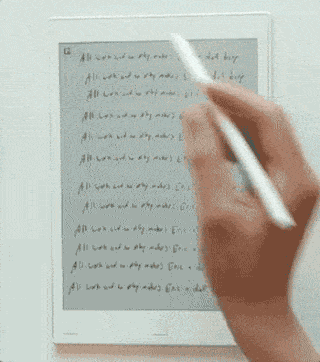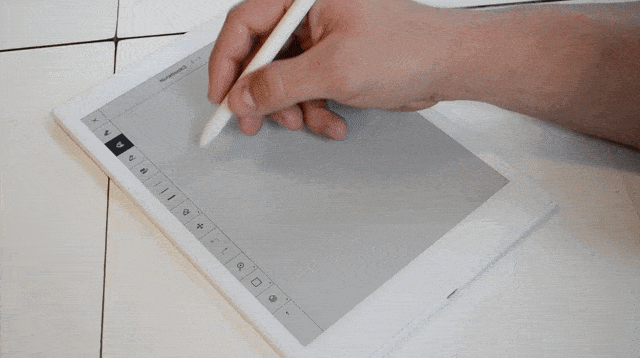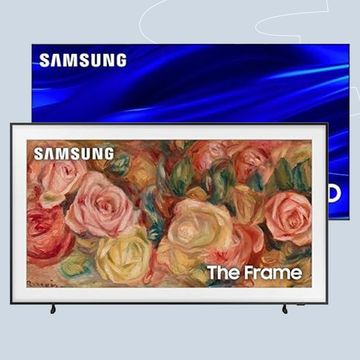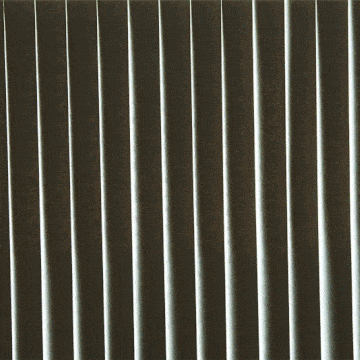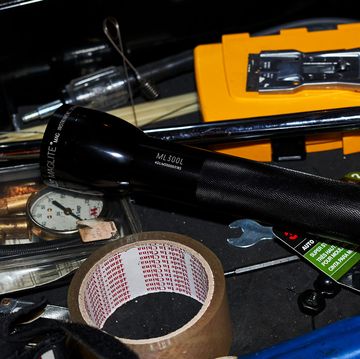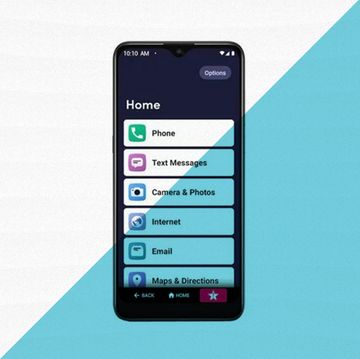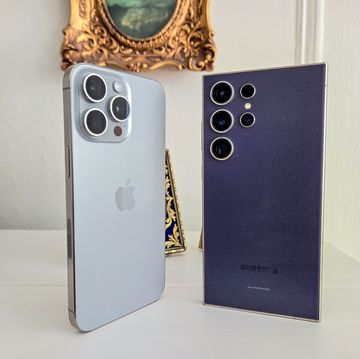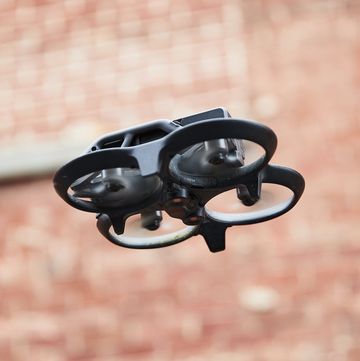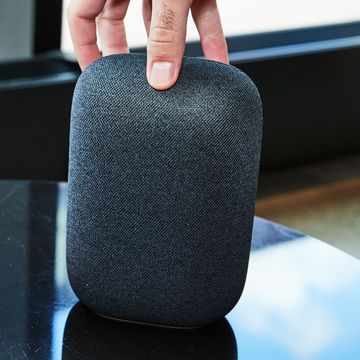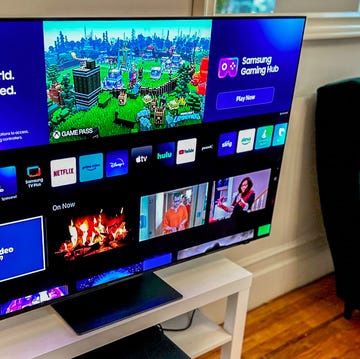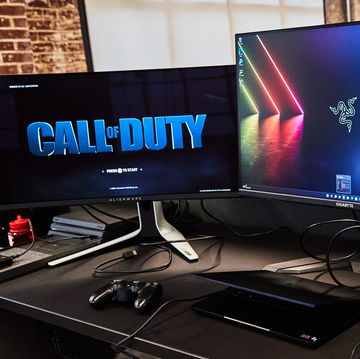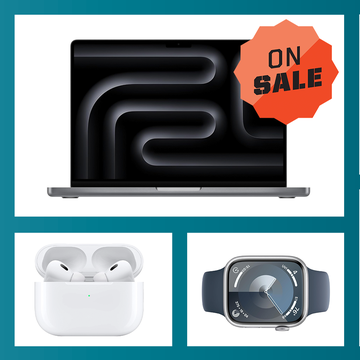We are living in the future and the future is boring. At least as far as the gadgets go. We all have supercomputers in our pockets, but all they ever really do is get thinner. Virtual reality technically exists, but it's expensive and janky. The flying car is forever two years away. By the time anything actually happens, it's barely interesting anymore.
Maybe that's why the reMarkable is probably most exciting gadget I've played with in years.
The basic premise is so obvious that it's kind of incredible it didn't already exist. Here's the pitch: It's a big Kindle that you can write on. If an e-reader is limitless library, the reMarkable is a stack of infinite notebooks. Who can argue with the value of that?
The reason it took so long to happen is complicated and technical. Lovely, high-contrast E Ink screens are slow and generally require that obnoxious "flash" to update what they display. These two factors made the prospect of drawing lines on one, in real time with no lag, seem impossible from the jump. To make reMarkable work, its engineers had to develop hardware tweaks and software tricks that took years to fine-tune and develop.
The result is that in 2017—year of inspiring innovations like the reinvented vending machine and the $700 juicer—we actually have a new gadget that fulfills a screamingly obvious need. It's a digital notebook with days-long battery and a high-contrast screen! To draw on it for the very first time, to feel the friction of the stylus tip and watch the jet-black line appear instantaneously, really feels like magic.
It helps, of course, that the reMarkable does its one job of emulating paper exceedingly well. Lag is virtually non-existent. The feel of the stylus tip rubbing against the matte screen is not the same as pen or pencil on paper, but it's analogous—and, more crucially, it is pleasant.
And this is not just like writing on paper. It's like writing on paper with *~features~*. Specifically the features we've been trained to rely on by working at computers. You can delete with perfect fidelity, either by scribbling around with the eraser tool or by circling the doodle you want to send down the memory hole. You can change the background of the paper at will from college rule to isometric to a musical staff. You can change this underneath what you have already written or drawn! You can select one word or shape and drag it around the screen. You can undo. These tricks are simple; they're standard digital image editing. But when applied to a screen that looks vaguely like pen and paper, they are kind of mind-blowing.
While the experience of actually writing is near-perfect—at least to me, an amateur doodler and professional word boy—the reMarkable has some noteworthy if not fatal flaws. While the tablet is terrifically light and wonderfully minimal, I found a few fit-and-finish issues. My unit wobbles if you lay it on a flat surface and poke the corner, for instance. Unnoticeable while writing, but deeply irritating to notice and then not be able to ignore. Similarly there's a small gap between the screen and its frame, and it's not even all the way around, though it hasn't filled up with grime and gunk—yet.
The drawing is great, but navigating the tablet's interface is less so. You'll basically have to memorize the meanings of it icon-labeled on-screen buttons. I still routinely do things like delete an entire page of notes when I meant to select the eraser (undo to the rescue), or create a new page when I mean to navigate to anther digital notebook. I also found myself wanting to touch the on-screen buttons with my finger, as not to move the stylus away from what I was writing, and, frustratingly, this does work but only about 50 percent of the time.
The biggest thing to consider isn't a flaw so much as a tradeoff. At $600 for the tablet and pen bundle, ($80 more for a case that gives you a much-needed place to store the pen) the reMarkable is expensive and serves a single niche purpose. The screen and sensation are great, but an iPad Pro or Surface Pro has a stylus, too, and these are full computers to boot! Meanwhile the reMarkable, while thrilling to use, lacks truly revelatory features like handwriting recognition, at least for now. You can load up ebooks and use it as an e-reader (and annotate them!) but otherwise, it doesn't have a whole lot of tricks beyond just writing.
With those caveats in mind, I don't think the reMarkable is a bad buy, but I'm not nearly as excited about this tablet as I am about the tech inside. It's your typical early adopter scenario: the first version has all the (well-deserved) hype, but versions two and three will assuredly be much better gadgets. If I were you, I'd wait. Still, even if the reMarkable tablet isn't perfect yet, it sure works, and frankly that is pretty incredible.

